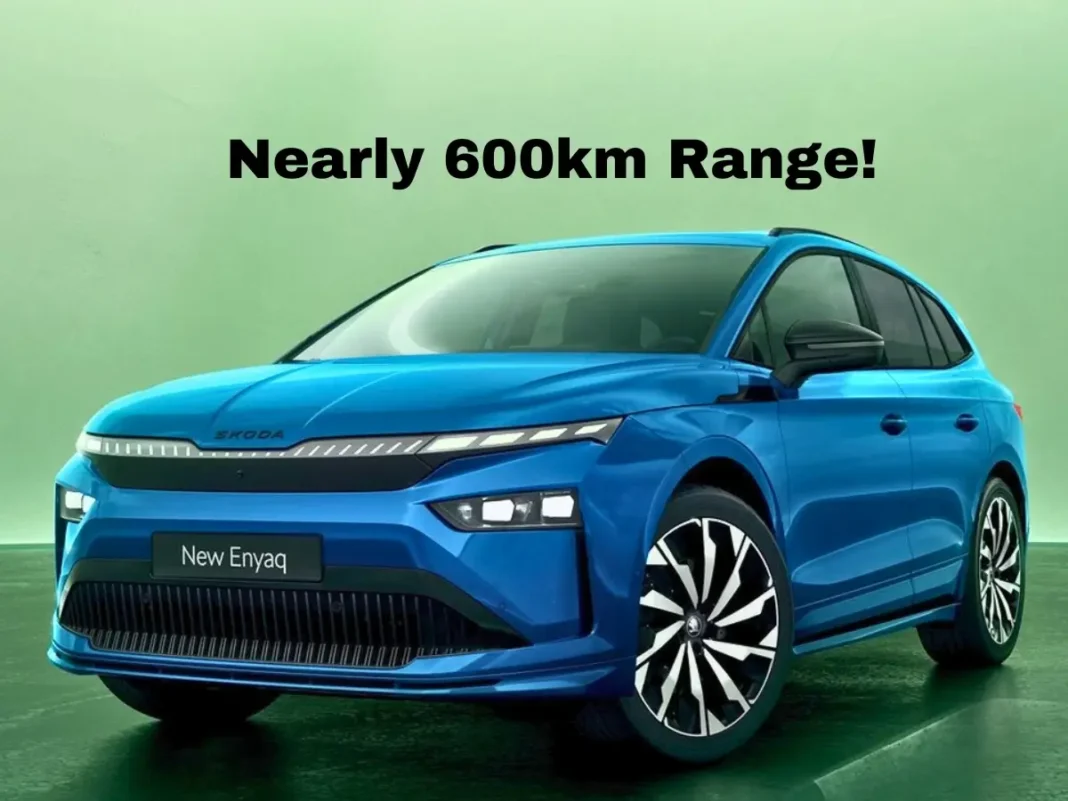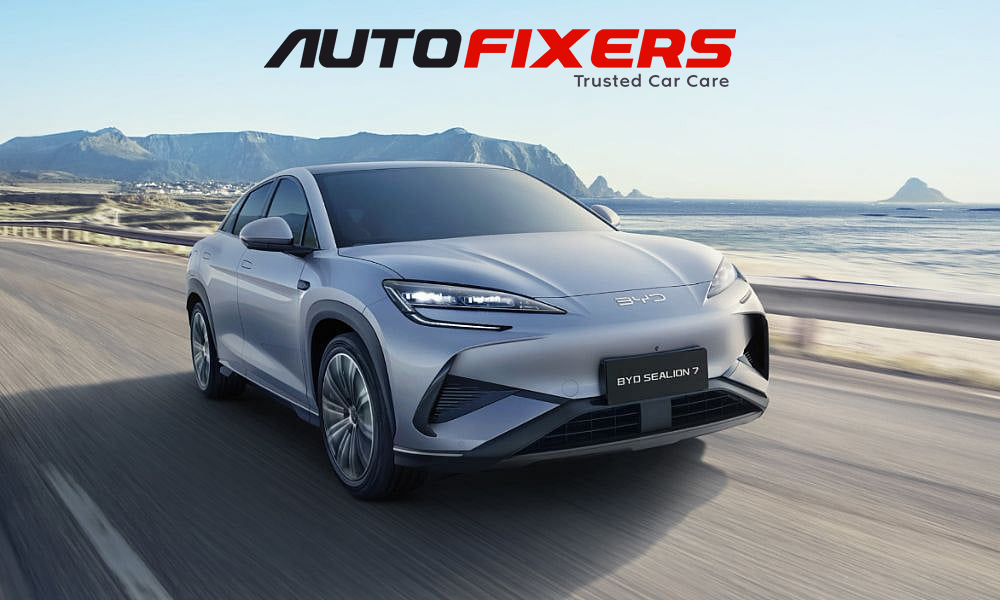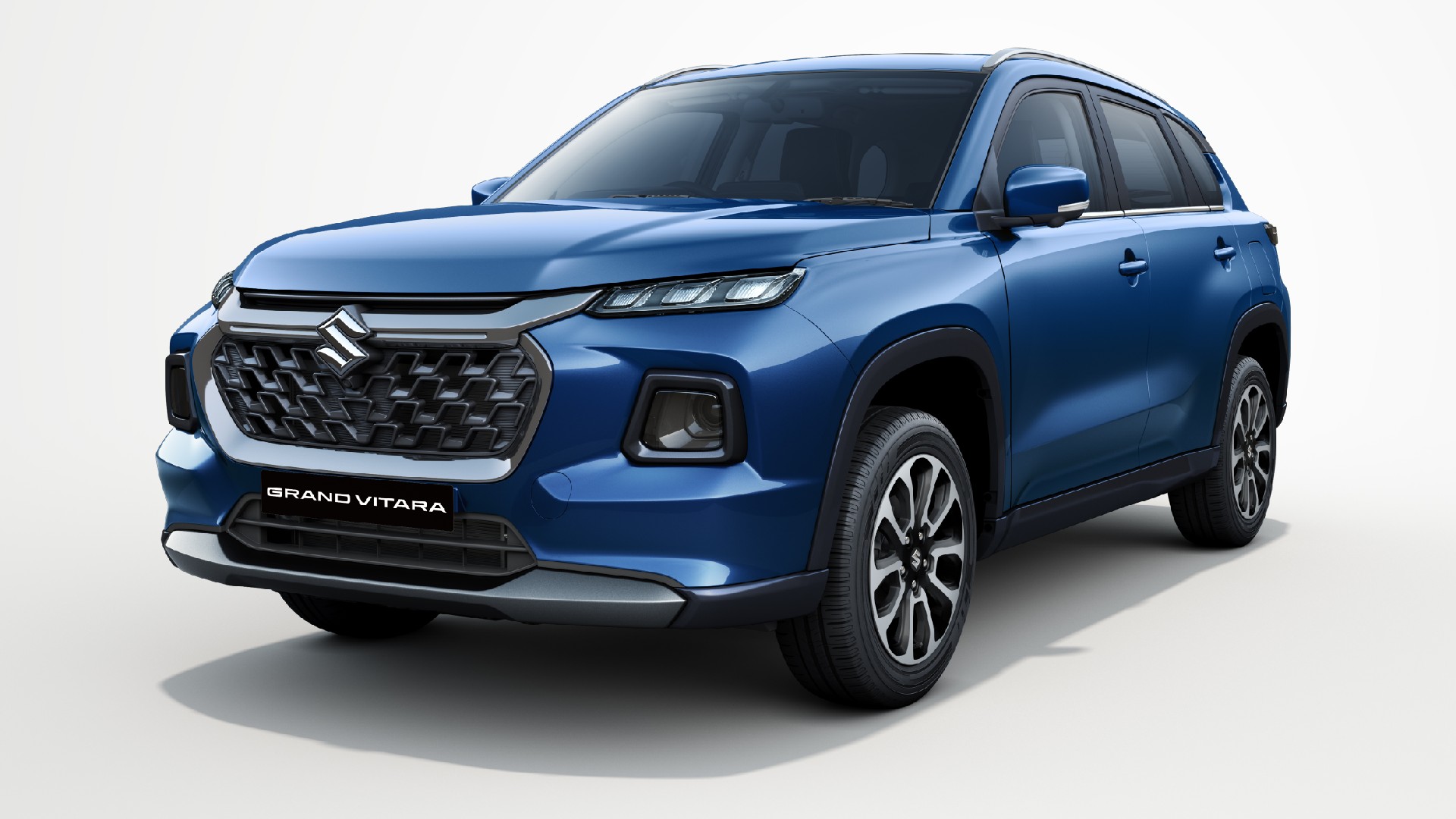
Since its debut in 2020, the TVS iQube has consistently ranked among the leading electric scooters on the market. The original model featured a 2.2kWh battery, which was later replaced by variants boasting larger batteries. In light of rising inflation resulting in increased prices, coupled with the diminished government subsidy, TVS has reintroduced the 2.2kWh variant, now positioned as the entry-level iQube, succeeding the 3.4kWh model. The pressing question is: does this new 2.2kWh version provide a genuinely practical scooter experience, similar to its predecessors, or does it face limitations like many other budget-friendly electric scooters? After a week of thorough testing, we’ve arrived at some insights.
Design and Features of TVS iQube 2.2 (8/10)
Subdued Aesthetics and Functional Features
The design of the iQube has remained relatively unchanged over five years, maintaining a rather conservative and boxy profile. If you see one on the road, it may not attract a second glance. However, what’s noteworthy is that the 2.2 variant doesn’t compromise on features or usability, unlike many budget electric scooters. It boasts a generous 30-litre storage compartment, a park assist feature, a reasonably rapid 650W charger, a convenient brake-lock mechanism, a vibrant TFT display, a top speed of 75kph, and a front disc brake. Most of these features are consistent with higher-end variants, meaning that aside from the smaller battery and slightly reduced range, you’re not sacrificing much value.

Focusing on the storage compartment for a moment, while the 30-litre boot is slightly less capacious than the 32-litre versions, it still provides ample room, though its shallow design could pose challenges for taller items.

There is room for improvement for TVS in some areas. For instance, a multi-function ignition key slot would enhance functionality, akin to what is found on the TVS Jupiter. Accessing the boot through its dedicated key slot can be cumbersome, especially when juggling bags or other items.
Moreover, using the Park Assist function, which allows both forward and reverse movements, requires the motor to restart after each use, necessitating a button press, which can be an inconvenience.
The iQube’s charger ought to have a locking mechanism, similar to the Ather’s, to prevent tampering during charging sessions. Lastly, users shouldn’t need the TVS app to execute basic tasks, such as resetting the trip meter on the TFT display.

Ride and Handling of TVS iQube 2.2 (9/10)
Comfortable Ergonomics and Smooth Handling
All the minor drawbacks mentioned previously quickly fade as soon as you begin riding. The iQube’s experience feels akin to that of a conventional petrol scooter, complemented by a whisper-quiet hub-mounted motor. Weighing in at just 110kg with a seat height of 770mm, the 2.2 is one of the lightest available electric scooters, making it easily manageable for riders of all sizes. Furthermore, its riding geometry is generous enough to ensure comfort for taller individuals.

The seat is spacious enough for two average-sized adults. However, heavier riders might find the seat cushioning too soft, causing them to sink into the harder base underneath after prolonged periods.

As a versatile family scooter, the iQube offers commendable handling, navigating city traffic with ease while maintaining stability at higher speeds—thanks, in part, to its well-tuned suspension system that smoothly absorbs the shocks of rough urban roads.
Braking capabilities are also impressive for the iQube 2.2, which stands out as one of the few budget electric scooters featuring a front disc brake. While the absence of hill-hold control can be a drawback, the brake-lock mechanism effectively assists when parking on inclines.

Performance and Efficiency of TVS iQube 2.2 (9/10)
Dependable Range and Usable Eco Mode
The iQube 2.2, with its top speed of 75kph, may not top the charts in speed compared to higher variants, but it proves to be more than adequate during real-world scenarios. The Eco mode, often dulled in many scooters, maintains effective performance, allowing for smooth ascents on flyovers with a passenger without feeling sluggish. Eco mode limits the speed to 47kph, while the Power mode unlocks a quicker pace, allowing for maximized acceleration up to the top speed.

The transition between Eco and Power modes is seamless, with a switch available while riding. However, to revert to Eco mode, the speed must reduce to 45kph or lower. Even though the initial acceleration from its hub-mounted motor is not as vigorous as competitors, it offers surprising speed, allowing you to outpace other vehicles at stops.

The accuracy of the iQube’s range indicator is commendable, providing substantial reassurance regarding travel distance. During testing, the iQube 2.2 achieved 76.4km in Eco mode, close to the claimed 75km. The 650W charger allows for a speedy recharge, taking just 3 hours and 24 minutes to fully replenish a depleted battery. This combination of a quick charger and a compact battery is advantageous, positioning this variant among the fastest to charge in its category.

Pricing and Conclusion for TVS iQube 2.2 (9/10)
Attractive Choice Among Affordable EVs in India
Despite minor interface issues that could use refinement, the iQube 2.2, priced at Rs 1 lakh, carries forth the exemplary attributes of its predecessors virtually unchanged. Though positioned as an economical option, it does not exude a sense of cheapness. Thanks to the reliable performance of its predecessors, including a long-term iQube S, expectations for reliability with this model remain high.

Reflecting on the initial question regarding the iQube 2.2’s effectiveness compared to similar-priced offerings, the resounding answer is no—it does not feel constrained. For those with daily travel under 50km and access to secure home charging, choosing the iQube could be a cost-effective decision.





